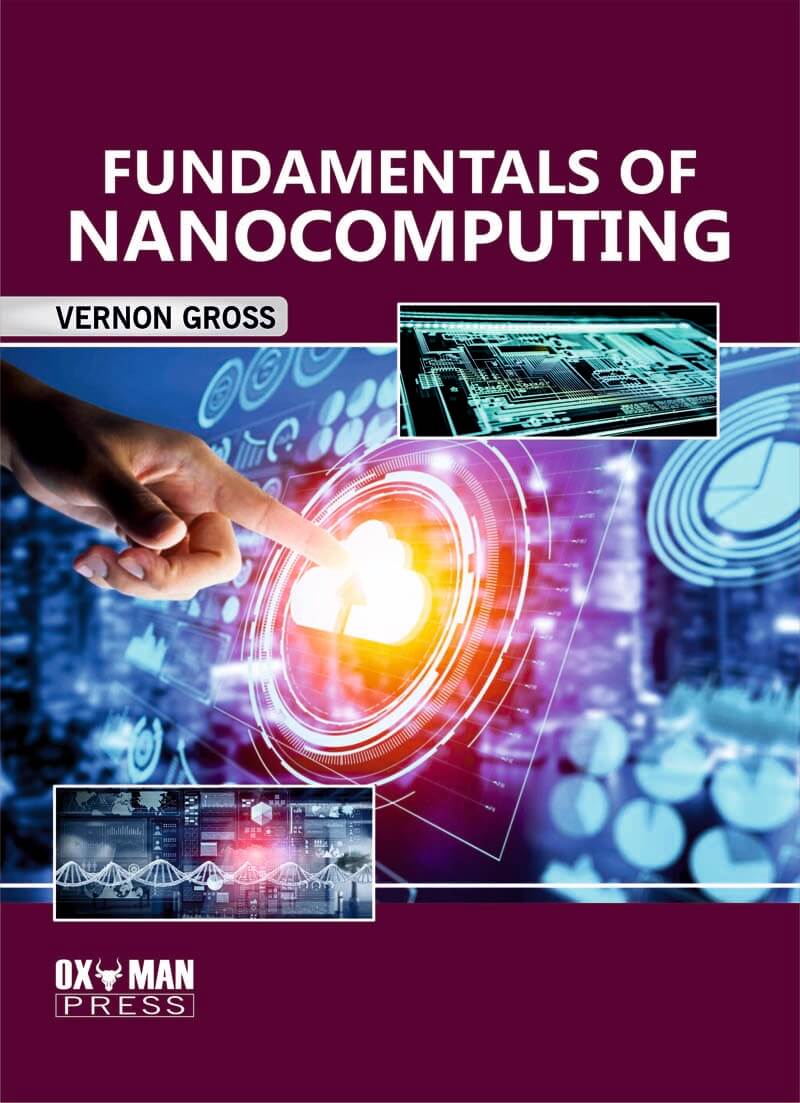Fundamentals of Nanocomputing
| ISBN | 9781778807394 |
|---|---|
| Author | Vernon Gross |
| Publisher | OXMAN PRESS |
| Publication Year | 2023 |
| Category | Nanotechnolgy |
| Price | $184.00 |
Vernon Gross works at the Engineering Faculty. He earned a Ph.D. in mechanical engineering, an M.S. in mechanics, and three M.S. degrees. He also works as a technology management consultant for several businesses. He has also held the position of chief of operations, where he oversaw global reforms that heavily used IT, telecommunications, and digital technologies. He has written numerous chapters for manuals, technical papers for peer-reviewed publications, and technical books. The principles of this emerging topic will be easier to comprehend for scientists, researchers, and professionals in related fields thanks to this book.
